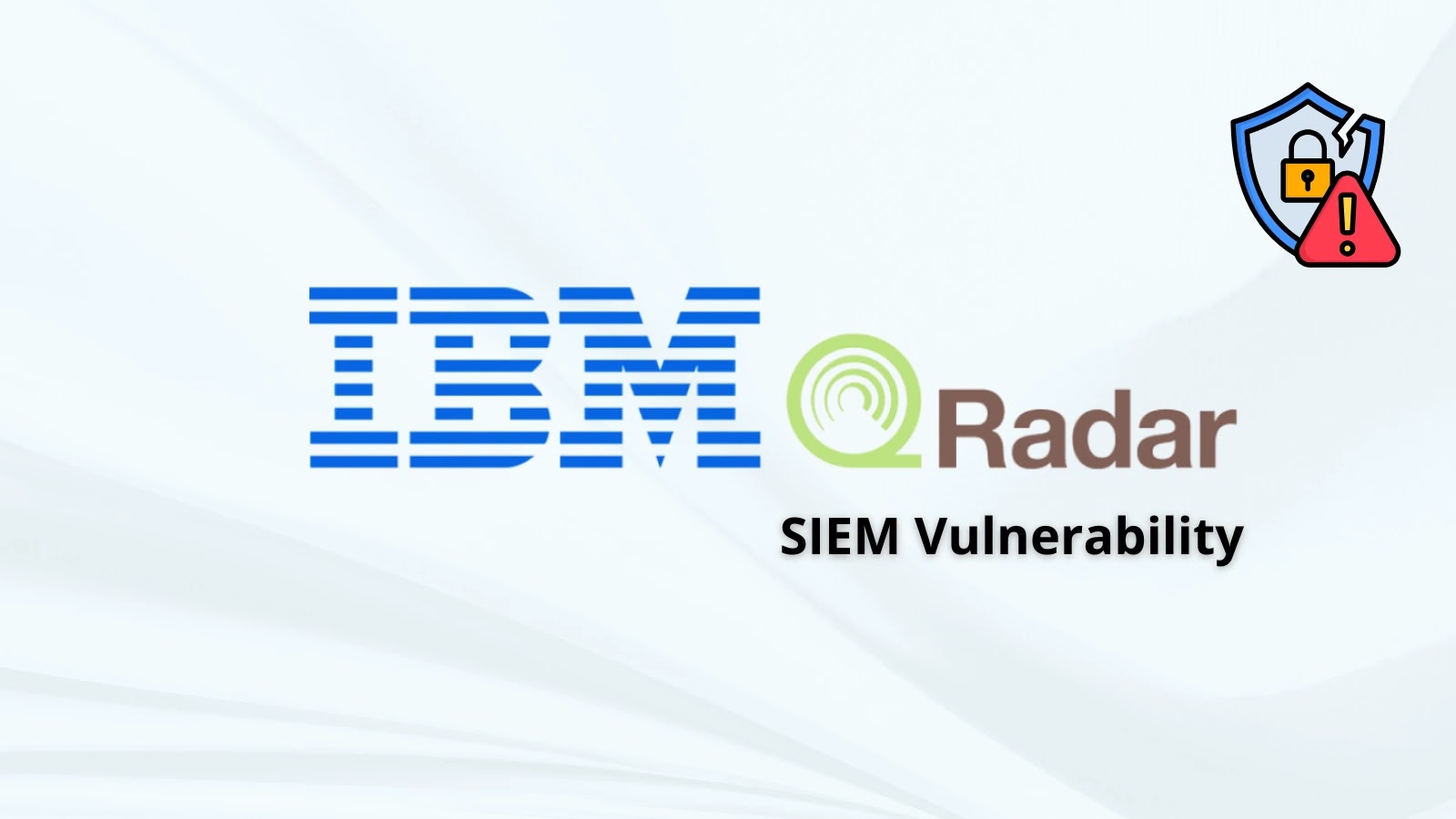A significant security flaw, identified as CVE-2025-48817, has been discovered in Microsoft’s Remote Desktop Client, potentially allowing attackers to execute arbitrary code on affected systems. This vulnerability poses a substantial risk to organizations utilizing Remote Desktop Protocol (RDP) for remote connections.
Understanding CVE-2025-48817
CVE-2025-48817 is characterized by a relative path traversal vulnerability combined with improper access control mechanisms within Microsoft’s Remote Desktop Client. This flaw has been assigned a Common Vulnerability Scoring System (CVSS) score of 8.8, indicating its high severity. The vulnerability is classified under two primary weakness categories: CWE-23 (Relative Path Traversal) and CWE-284 (Improper Access Control).
The CVSS vector string CVSS:3.1/AV:N/AC:L/PR:N/UI:R/S:U/C:H/I:H/A:H/E:U/RL:O/RC:C suggests that this is a network-based attack vector with low complexity requirements. Notably, the vulnerability requires no privileges for exploitation but does necessitate user interaction. Successful exploitation can lead to significant impacts on confidentiality, integrity, and availability.
Mechanism of Exploitation
The exploitation of this vulnerability involves a scenario where a malicious actor controls a Remote Desktop Server. When a victim connects to this compromised server using a vulnerable Remote Desktop Client, the relative path traversal flaw can be exploited to achieve remote code execution on the client’s machine. This attack vector is particularly concerning as it subverts the typical client-server trust model, where clients generally trust servers.
For the attack to be successful, an administrative user on the client system must initiate a connection to the malicious server. Once the connection is established, the path traversal weakness allows attackers to escape intended directory restrictions and execute arbitrary code with elevated privileges.
Affected Systems
The vulnerability affects a wide range of Windows operating systems, including:
– Windows Server versions from 2008 to 2025
– Windows 10 versions from 1607 to 22H2
– Windows 11 versions 22H2, 23H2, and 24H2
Additionally, the Remote Desktop Client for Windows Desktop and the Windows App Client for Windows Desktop are impacted.
Security Updates and Mitigation
In response to this critical vulnerability, Microsoft has released comprehensive security updates addressing CVE-2025-48817 across its entire Windows ecosystem. The affected platforms range from legacy systems, such as Windows Server 2008 and Windows 7, to current versions like Windows 11 24H2 and Windows Server 2022.
Specific build numbers for patched versions include 10.0.26100.4652 for Windows 11 24H2 and 10.0.22631.5624 for Windows 11 23H2. The Remote Desktop Client for Windows Desktop has been updated to version 1.2.6353.0, while the Windows App Client reaches version 2.0.559.0.
Organizations are strongly advised to prioritize applying security updates KB5062553 and KB5062552, as well as related patches corresponding to their specific Windows versions. Timely application of these updates is crucial to mitigate the risks associated with this vulnerability.
Recommendations for Users and Administrators
To protect systems from potential exploitation of CVE-2025-48817, users and administrators should:
1. Apply Security Updates Promptly: Ensure that all affected systems are updated with the latest security patches provided by Microsoft.
2. Limit RDP Access: Restrict Remote Desktop access to trusted hosts and networks using firewalls and other network security controls.
3. Implement Network Level Authentication (NLA): Enable NLA for RDP connections to provide an additional layer of authentication.
4. Monitor RDP Connections: Regularly monitor for suspicious RDP connection attempts and activities to detect potential exploitation attempts.
5. Educate Users: Inform users about the risks associated with connecting to untrusted RDP servers and the importance of verifying the legitimacy of remote connections.
Conclusion
The discovery of CVE-2025-48817 underscores the critical importance of maintaining up-to-date security practices, especially for services like Remote Desktop Protocol that are commonly used for remote access. By promptly applying the necessary security updates and adhering to recommended security measures, organizations can significantly reduce the risk of exploitation and enhance their overall cybersecurity posture.



